Design Tip: Give Your Lawn a Shape

by
Julie @ Southern Wild Design
(IC: professional)
Let's talk about lawns. Those sprawling carpets of green that blanket the vast majority of our urban and suburban lots. By now you are probably aware that all that lawn space is unhealthy, wasted space. Turf grass is a whole lot like a very spoiled child. It requires too much attention and doesn't contribute to the well-being of the family.
So what can you do about all of your lawn without evoking the ire of your homeowners association and neighbors? Reduce, reduce, reduce. You have heard this before, but it is often easier said than done. There are plenty of how-to's on the removal of grass and the kinds of plants to choose in its place, but there is little instruction as to how to reduce your lawn and make it look good.
When deciding on a shape for your lawn, think in terms of circles, lines, and large sweeping curves. Below are three examples of lawn shapes using circles. Circular lawns can be very attractive and work particularly well in small spaces. However, if you have a long space consider linking several circles.
Thinking is terms of lines--usually in the shape of rectangles and squares--sounds quite boring, but it does not have to be. Consider combining and overlapping rectangles. Lines are formal devices and work well in small spaces and in formal gardens. They create a very neat and tidy space. One note of caution when using lines...use the house as your guide when using lines to shape your lawn. Lines should be placed at 45 or 90 degrees to the house.
Large lawns can benefit by using generous, sweeping curves. The key here is large, full curves. Small, squiggly curves are never attractive. This is why it is challenging to use curves in small spaces. Curves give a soft, natural feel to a garden.
Ignoring the shape of the lawn can bring about disastrous results in the overall design of the landscape and garden. Consider the examples below. The first diagram shows no lawn shape at all. The lawn becomes the container in which all plants, trees, and structures are deposited. There is absolutely no design to this. The middle diagram shows a very common mistake...plant islands. This is the result of creating beds first and not giving any thought to the lawn shape. The finished product is a collection of plant islands floating in a sea of grass. Finally, the third diagram shows what happens when tight curves are used t o form beds that border the lawn. There is nothing attractive or soothing about this.
This is the new design. (Plants are specified on a separate plan.) Notice how the lawn shape is very visible and attractive. The beds are created from the space outside the lawn. What a difference in curb appeal!
Keep this design tip in mind when you are reducing your lawn and creating your garden space. If you would like some help, give me a shout or ask your question in the comment section below.
Enjoyed the project?
Published January 14th, 2015 5:37 PM
Comments
Join the conversation
2 of 7 comments
-
Jackie, with that narrow space you could consider a rectangular lawn with the borders planted in flowering shrubs and perennials. Find a designer in your area to give you some help. It will be worth it! Best of luck!
 Julie @ Southern Wild Design
on Jan 16, 2015
Julie @ Southern Wild Design
on Jan 16, 2015
-
-
Giving my lawn a shape would make it more interesting. I hadn't given much thought to designing the curve of my flower beds to that level. Maybe I should give it a try. My yard is a little boring right now. http://www.sungreen.net/landscape_design.html
 Betty Johnson
on Dec 08, 2015
Betty Johnson
on Dec 08, 2015
-





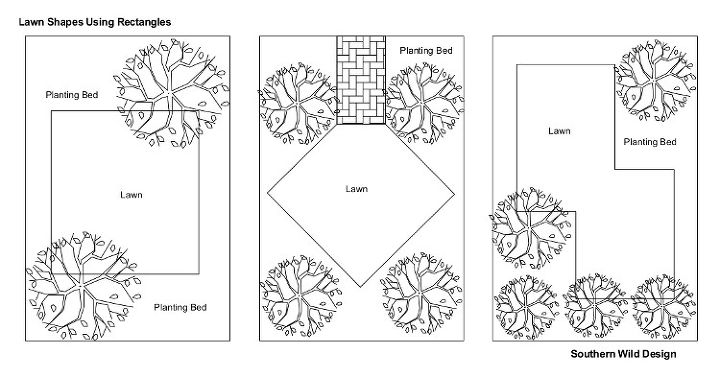





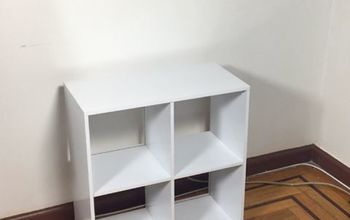




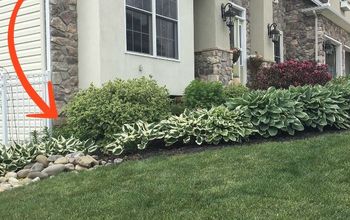

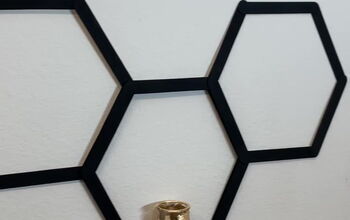

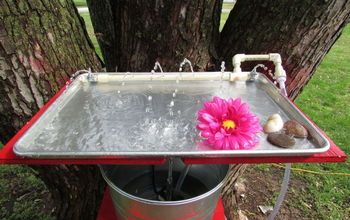
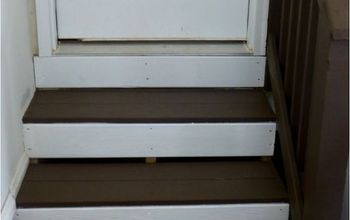
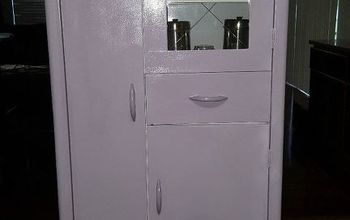
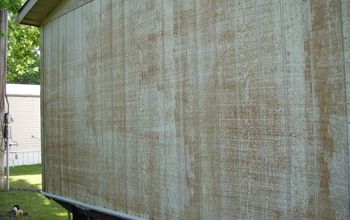


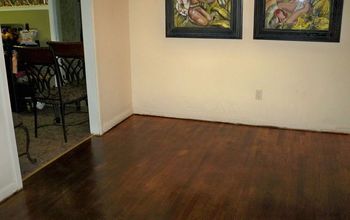

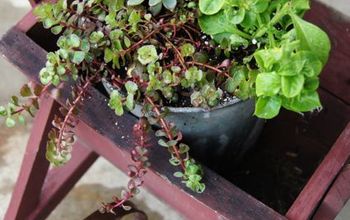
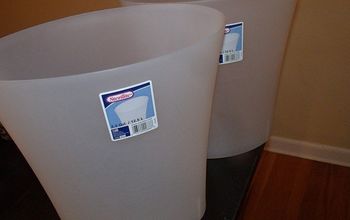
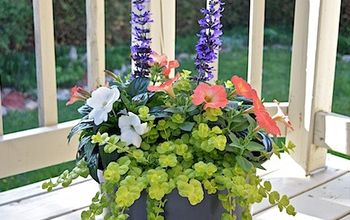
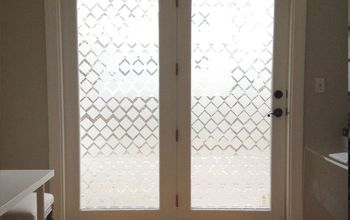
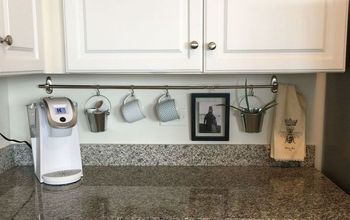
Frequently asked questions
Have a question about this project?